What Happens When You Don’t Wear Your Retainer?
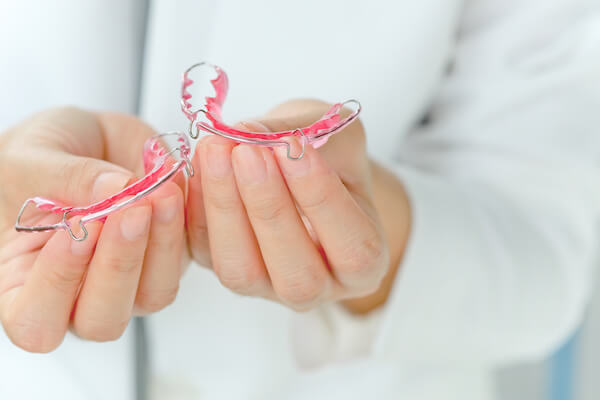
Once your braces come off or you’re done wearing invisible aligners, you’re probably ready to keep appliances out of your mouth. However, your retainer is very important to keep your teeth looking great. Fail to use your retainer as directed and you could lose the progress you made throughout your orthodontic treatment.
Unfortunately, many patients think that their journey is over once the braces are gone, but your retainer is an important part of the next phase of tooth correction. Here’s a closer look at what can happen if you fail to wear your retainer as recommended.
The Importance of the Retainer
First, you need to know what your retainer actually does. A retainer is an orthodontic appliance that’s removable, and it works to hold your teeth in their proper place after braces have been removed. They come in various forms, and if you take care of them, they can last a long time. Some are made with plastic and wires, while other retainers look just like the clear Invisalign braces. Your orthodontist, Dr. Natalia Valderrama, will custom make a retainer for your mouth and teeth so it’s as effective as possible.
When braces are taken off, your teeth can start to move back towards their initial positions. The whole purpose of wearing a retainer is to keep your teeth in place so you can continue enjoying your beautiful, new straight teeth for a lifetime.
Why Teeth Move
During that first year after braces, teeth are the most likely to make some big moves. When you’re done with braces, your gums and teeth will remain a bit flexible. You’ll no longer have brackets and wires holding them in place. The natural process of aging can result in shifting teeth as well, so over the years, your teeth will move. Unless some type of external pressure is used to keep them in place, they’ll keep moving back to their natural positions. A retainer is a tool that puts pressure on your teeth so they stay in the corrected shape.
If you don’t wear your retainer as ordered by your orthodontist, then your teeth will go back to their original positions. Nature will eventually win the fight if you don’t have the force of the retainer.
How Long Will You Need a Retainer?
Everyone is different, and your orthodontist will give you some specific instructions tailored to your unique situation. In most cases, you’ll have to wear your retainer frequently right after your braces are removed. Most people end up wearing their retainer daily for 1 month, and then they can go to nightly retainer use.
Later, to keep teeth in place for life, you may be required to wear the retainer every night or at least 4 nights per week. As time goes by, you may need to replace your retainer so it keeps its strong holding power.
The most crucial time for wearing your retainer is right after you’ve completed orthodontic treatment. This is when your teeth have the highest risk of moving back to their original positions.
When Should You Replace Your Retainer?
Different types of retainers are available, and each type varies in holding power and quality. If your teeth were only moved slightly, then clear retainers that look much like Invisalign aligners may be enough to keep your teeth in shape. However, these retainers aren’t as durable as others and should be replaced every few months.
If your teeth were drastically moved, then you may need to go with a stronger type of retainer that’s made with wires and acrylic. With good care, these retainers may last for 5-10 years. To prolong their life, make sure you clean them every day and store them in a safe place where they won’t get damaged.
If you notice that your retainer isn’t as effective or it’s not holding its shape, be sure to see your orthodontist so you can have a new one made.
When You Don’t Wear Your Retainer
Wearing your retainer as directed is a big deal. If you fail to wear it, all the time you spent going through orthodontic treatment will be wasted and you will lose your straight smile. You’ll have to go through treatment all over again to get it back. Avoid losing the beautiful smile you’ve waited so long for – make sure you talk to your orthodontist Dr. Natalia Valderrama about how often you need to wear your retainer to maintain your results.




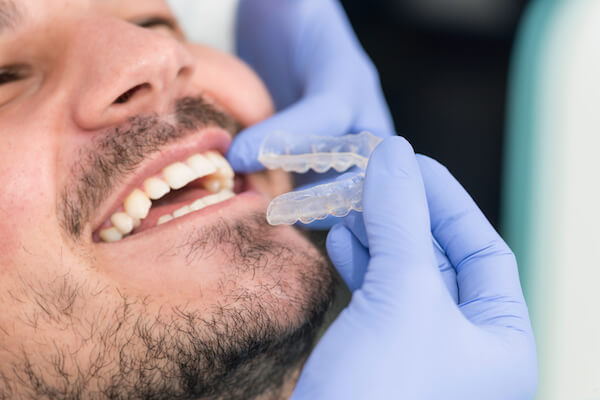



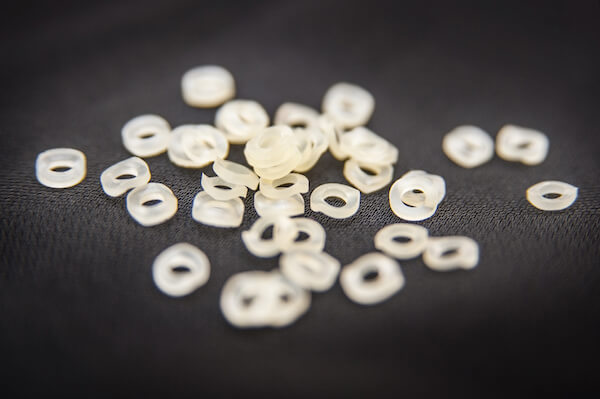
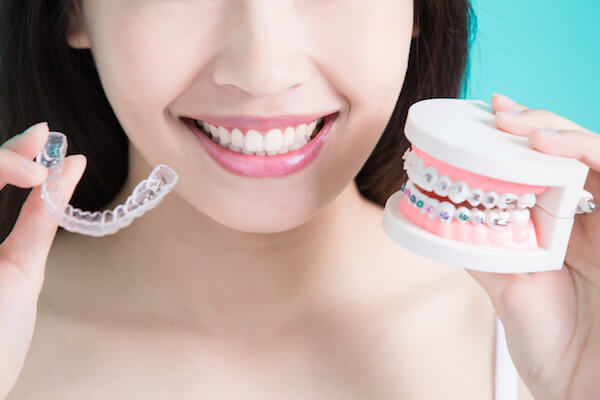
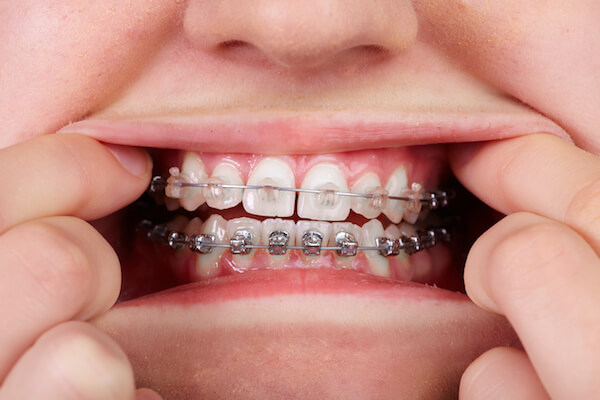
Let's Get Social